Molly Hollman Provides An Insight Into Her Incredible Garden Photography Techniques
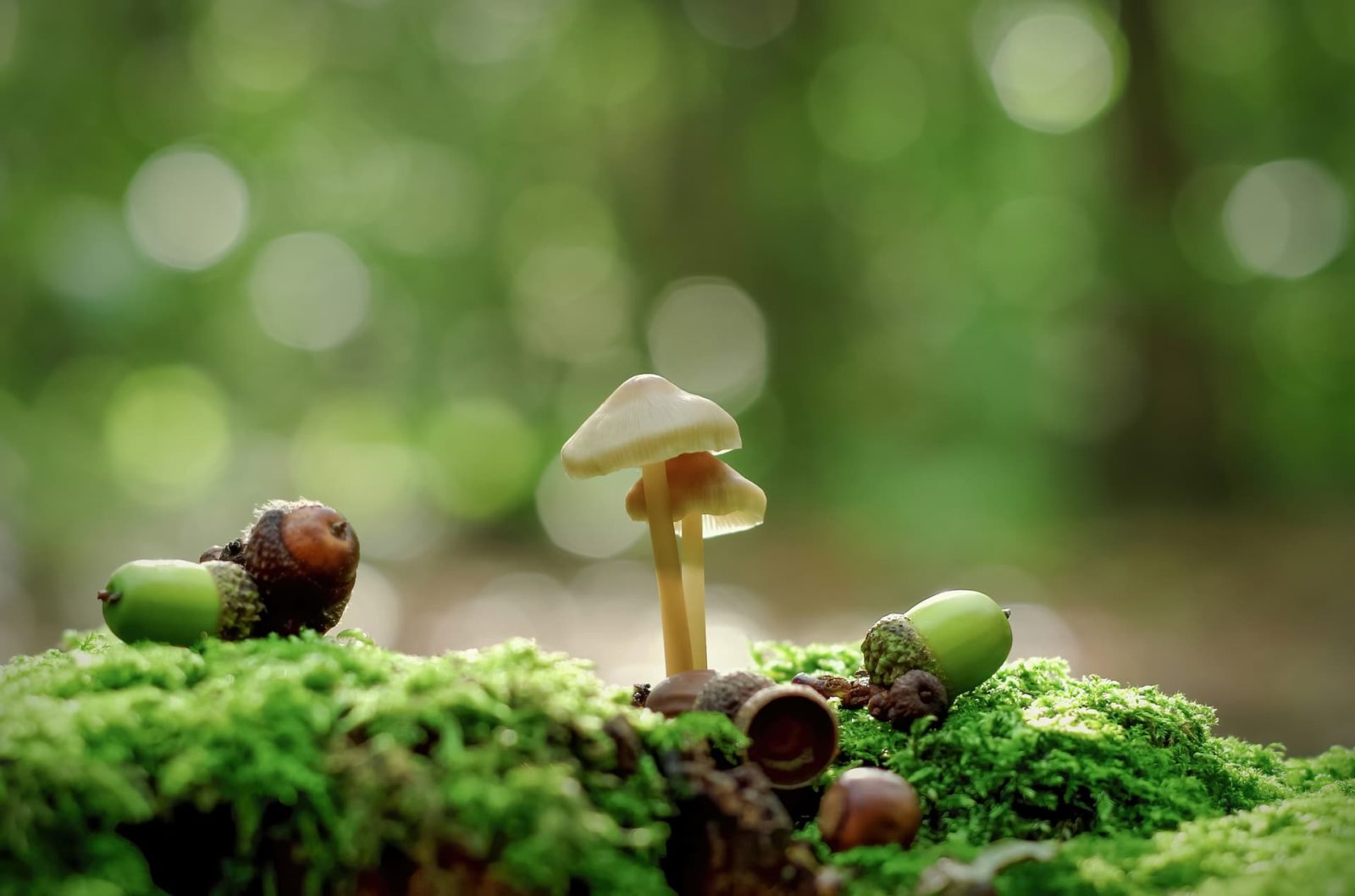
Contributions From MOLLY HOLLMAN

Molly Hollman has received numerous accolades for her garden & plant photography, including winning the Portfolio category of the Garden Photographer of the Year in 2022 and becoming a finalist in the International Close-Up Photographer of the Year in the same year. Molly is also the author of Creative Flower and Plant Photography and writes for the magazine Amateur Photographer on a regular basis.
Molly is an award-winning Garden Photographer who specialises in portraits of plants, flowers, insects and gardens and is the recipient of many accolades, including the Lifetime Achievement Bar by the Guild of Photographers in 2019.
She is also the author of Creative Flower and Plant Photography, which was released in 2022 – and writes regularly for publications such as Amateur Photographer.
In this interview Molly offers tips for aspiring photographers and an insight into her incredible photography techniques.
Please note that imagery featured in this article has been provided with permission from Molly Hollman.
How Did You First Get Into Photography?
“Growing up as the daughter of artists and potters, I have visited galleries all my life and have always enjoyed all the visual arts and found real inspiration there,” explains Molly.
“When my children were born, I switched from drawing and painting to photography to capture them as they grew and bought a Pentax DSLR, as I had previously had a Pentax film camera.
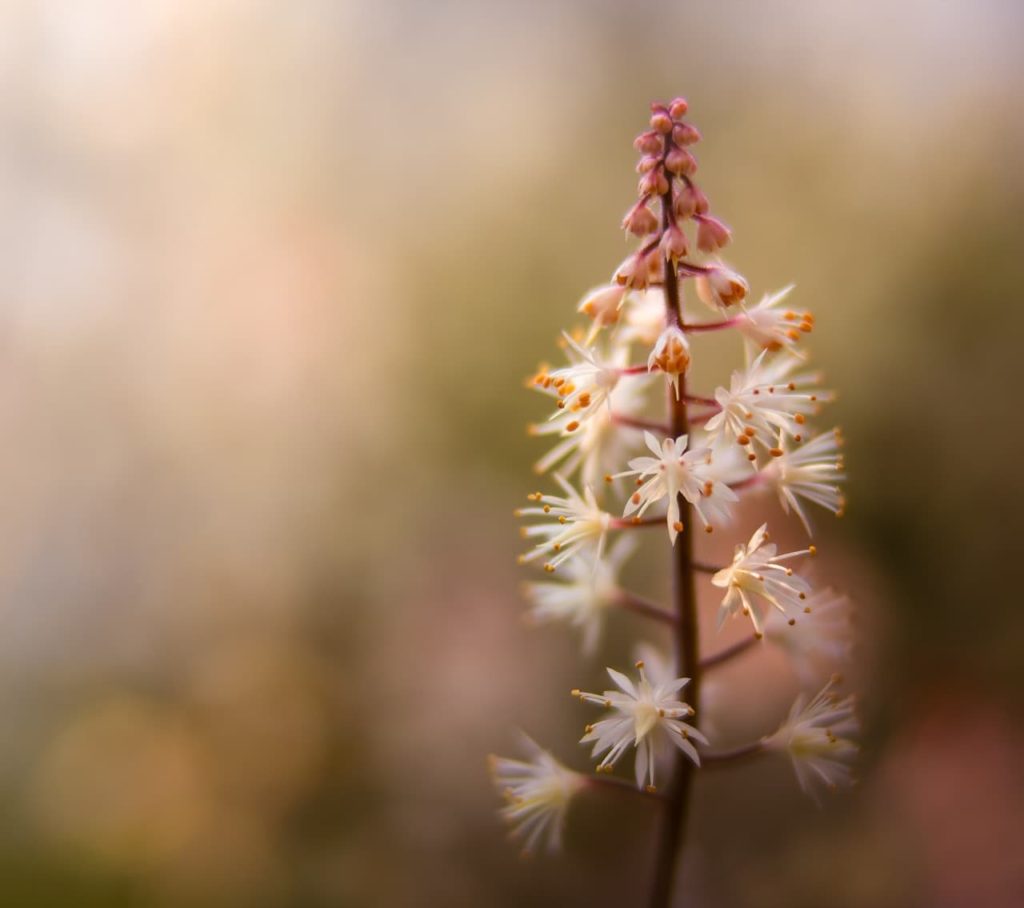
“The pivotal moment for my switch to flower photography however was probably when I won a Sony RX10iii bridge camera in Amateur Photography magazine in 2017.
“This showed me the real potential of shooting with a long lens. Prior to this, I’d had nothing more than 100mm, but now had the equivalent of 600mm to play with, which meant I could zoom in from a distance and the background behind the subject would be pleasingly blurred.”
What Led You To Find A Passion For Garden Photography In Particular?
“Whilst I have always loved nature, I only began specialising as a flower, plant and garden photographer about six years ago,” she says.
“Previously I had been interested in most genres of photography, especially landscape, portraiture and street photography, and these genres still inspire me, even though I don’t shoot them as much these days.
“I have loved gardening all my life and so it felt like two passions were joining forces at this point and became something I had a real enthusiasm for.”
What Is It About Plants & Insects That Make You Want To Photograph Them?
“I discovered that I loved to sit, often for an hour, quietly in my garden or a local public garden, observing the small details of nature and how the light fell upon them.
“Shooting small subjects with a long lens from a distance meant that I could still preserve the detail of most of the flower or insect – and not disturb them.
“One of my favourite flower photos of a blue Nigella flower (which won the RHS Photography ‘Plants’ category in 2021) is taken in exactly this way, at full zoom, but retaining enough detail to preserve the petals and flower bracts whilst giving an ethereal light with its blurred background.
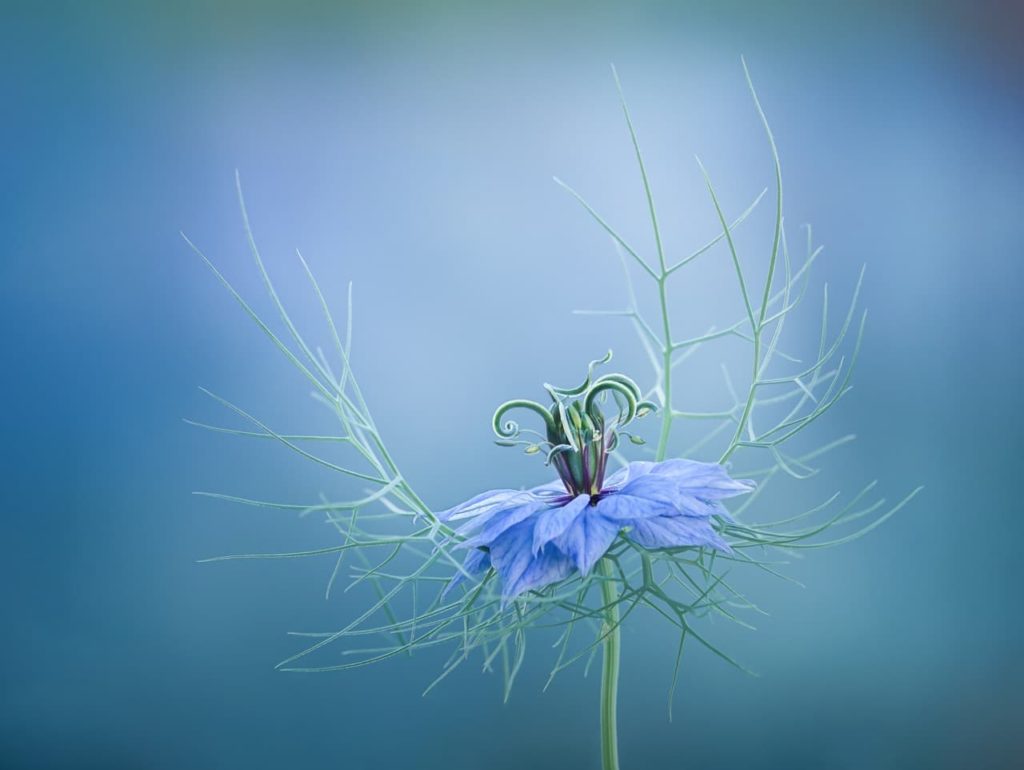
“Light and colour are so important to my style, and I’ll study how the great artists and photographers use them at length as part of my photographic development.
“I am also passionate about protecting our environment and encouraging all wildlife (even wasps, which I used to have a phobia of!) to my garden, and I’m continually delighted that all my local gardens have head gardeners that are equally passionate about protecting and encouraging pollinators and other insects.
“By sharing my images of small but crucial wildlife, I hope to encourage others to do the same.”
How Do You Go About Capturing The ‘Perfect Image’? What Does This Look Like To You?
“The thing with most flowers and plants is that they all have their own beauty and I just need to find the best way to capture that,” Molly shares.
“Bringing out the form and the colour of the plant is the most important thing. Even plants that are no longer alive, such as seed heads, can be beautiful.
“I often use a macro (close-up) lens if the flower is small and sometimes this way you can see intricacies that would not normally be noticed.”
What Has Been One Of Your Favourite Experiences During Your Career?
“The day my book, Creative Flower and Plant Photography, was published was incredibly special as I’d managed to write it over three years at the same time as I had a full-time job teaching and was looking after my two children.
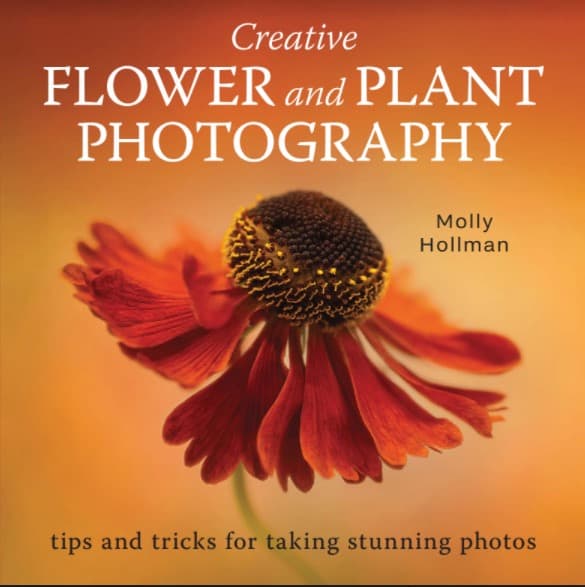
“It was almost an unreal moment to hold it in my hands and have it finally finished! It’s sold really well and is often in the ‘best seller’ photography categories on Amazon.”
Can You Explain Some Of The Challenges With Garden Photography? What Difficulties Have You Faced?
“The challenges often come from the weather, but not those that you would expect,” Molly explains.
“Harsh sunlight with no clouds can be the hardest light to photograph in as it creates harsh shadows on the flowers that detract from their intricate detail.
“Windy days are difficult too – photographing flowers in the wind is like trying to photograph a moving child or pet!”
How Do You Go About Photographing Wildlife? What Is Unique About Your Process?
“Whilst I do sometimes photograph birds, it’s mainly insects that I enjoy photographing, from ladybirds to bees, to moths and caterpillars,” she says.
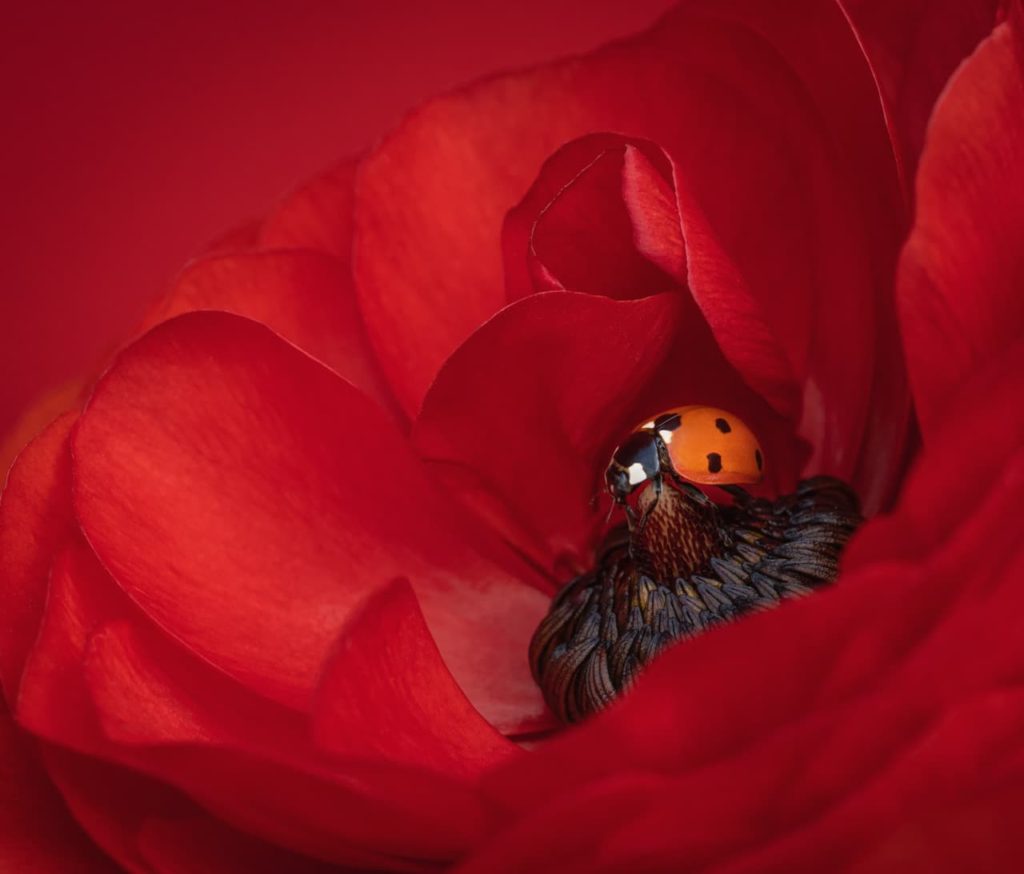
“A particular subject of interest right now is the tiny flower crab spiders in my garden that camouflage themselves to the flower they sit on.
“I always use a macro lens for this and look carefully at the position of the insect on the flower. I often take up to a hundred shots, as it moves around so that I can find the photo later that has the best composition.”
What Advice Would You Give To Those Thinking About Getting Into Plant & Wildlife Photography?
“I would buy a reasonable DSLR or bridge camera, as mobile phones aren’t usually high quality enough for detail,” she recommends.
“I’d suggest looking second-hand for this as even cameras that are ten years old can be perfectly acceptable. A macro lens is probably required if you want to photograph very close up or small things like insects.
“Get inspiration by searching hashtags on Instagram, like #ladybird, and see how other photographers have captured the things you are interested in photographing.
“I have lots of advice in my book for those interested in starting to photograph flowers and gardens, so maybe I should add buy a copy of my book to this list!”
What’s Next For You?
“I’ve just had six photos shortlisted in the British Wildlife Photography Awards (all insects). Insect photography is something I want to do even more to raise awareness of how important it is to look after our tiny creatures and pollinators, as they are in such massive decline.
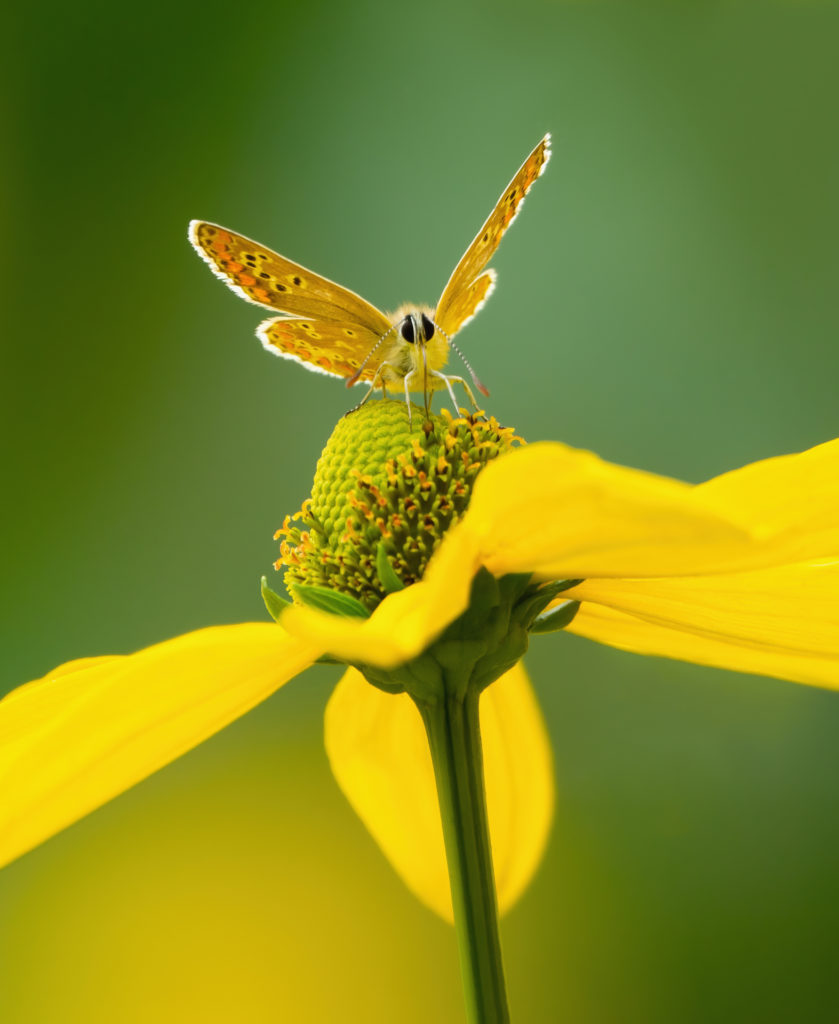
“I’m also currently working on a portfolio of vegetable close-ups which is a little bit different and actually very exciting!”

